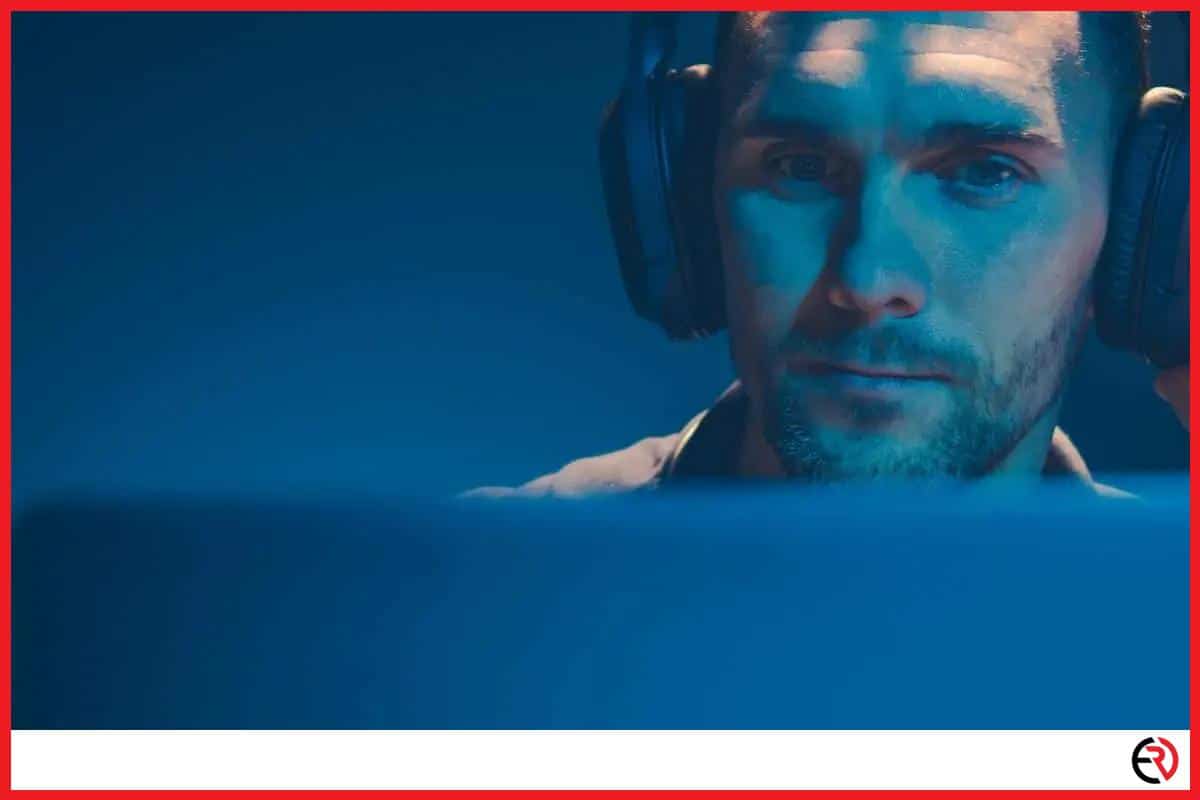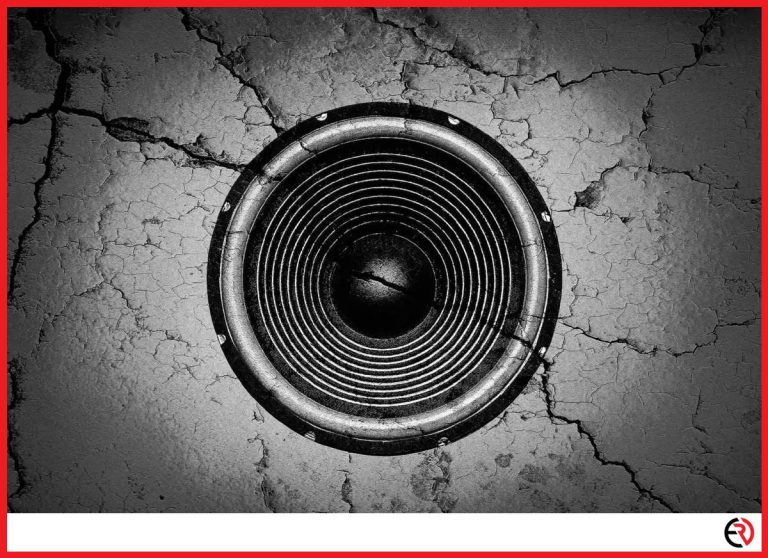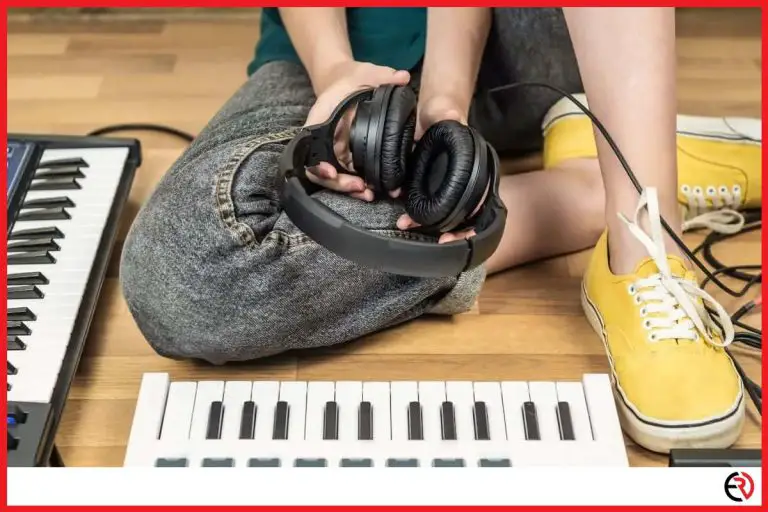How Can You Check Your Headphone Latency? (Simple Guide)
This post may contain affiliate links which means that, if you choose to make a purchase, I may earn a small commission at no extra cost to you.
Headphone latency is a big problem if you play games regularly, or if you’re a music composer. It’s frustrating to join an online match and not be able to properly communicate with your teammates. However, you can adapt once you know how long the delay is going to be, and there is a quick way to find it out.
The easiest way to find out headphone latency is via the Larsen Test. The test involves recording audio from the microphone and immediately playing it back over the speaker. Repeat the test a few times and calculate the average for a more accurate reading.
The Larsen test only gives a rough estimate of the latency. It never gives an accurate reading. All you get are a spectrum of latency timings and have to pick one that seems the most accurate.
Why is it important to track headphone latency?
Headphone latency can cause a myriad of problems especially if you are a professional in the field. This includes gamers and musicians. Competitive gamers are severely handicapped because they cannot act fast enough to face incoming dangers. For musicians, it becomes difficult to follow music tracks.
Have you wondered why gamers stick to wired gears all the time? That’s because every second counts when they are playing online. They have to make decisions based on little to no information and a slight delay in sound could force them to lose the game. That’s why the headsets they use are top of the line and come with the lowest latency possible.
As for musicians, latency is a very big issue. They have to oversee multiple instruments which mean coordination is high on their list. I have heard several complaints from my musician friends, where they ended up losing hours’ worth of recording because of slight audio delays.
Headphone latency causes audio delays which could disrupt the entire recording season. Instead of perfecting the audio, musicians are forced to spend time fixing the delays, which is frustrating, to say the least.
Therefore it is important that you check the latency of your headphones beforehand. As a gamer, you can either get a new headphone or train your ears to adapt to the audio delays.
In case you are a musician, record the audio latency before your recording session and adjust the tempo of your song accordingly.
Why is it impossible for Bluetooth and wired headphones to reach zero latency?
Both wired and Bluetooth headphones have some latency. Audio signals use bandwidth to travel from the source to the receiver. The bigger the file, the more bandwidth it’s going to require to travel from one of the sources to the speakers. As long as data transfer is involved there will be latency.
Data travel in case of boh and Bluetooth and wired headphones. In the case of wired ones, it travels a lot faster (5-10 ms) compared to its wireless counterparts (50-300 ms).
There are several factors that affect latency, especially in the case of Bluetooth headphones:
1. Bluetooth codec– Some codecs are highly compressed which reduces the file size. The decrease in the audio file sizes makes it so that it does not consume too much bandwidth and helps in faster transfers.
So, codecs such as AAC and SBC are low latency codecs whereas aptX and LDAC lag a lot, especially in low to budget Bluetooth headphones. You’ll need to buy expensive ones that support higher bandwidth.
2. Interference– Interference is caused by unwanted radio waves emitted by household items such as Wi-Fi, smart TVs, and other wireless gadgets that are in close vicinity to your headphone. All of these signals crash among themselves, thereby increasing your headphone’s latency.
The best way to resolve the issue is to switch off other devices when you are not using them, or more into a different room with lower interference.
3. Distance between the transmitter and the speaker– Although Bluetooth devices have a range of 10m, the audio can get choppy or begin to lag when you are nearing that distance.
10m is the bare minimum range before Bluetooth loses all connectivity. But in reality, the audio gets all laggy way before that threshold, which is probably around the 6-7m mark.
4. Bluetooth version– Higher Bluetooth version offers faster data transmission speed with decreased lags overall so keep that in mind when you are buying a headphone. Always go for Bluetooth 5.0 or higher.
Headphone recommendations
Now that we’ve discussed at length the latency issues, let’s take a look at two of the best low-latency wireless headphones in the market.
Anker Soundcore Life Q35
| Release date | 2/21/2021 |
| Price | Medium-High |
| Dimensions | 19.5 x 18 x 7.8 cm |
| Weight | 272g |
| Model number | A3027 |
| Waterproof | No |
Made from plastic, the Anker Soundcore Life Q35 is not built for rough use. Although it does not feel like it’s going to break at the slightest touch, you really don’t want to toss it around on your bed or inside your backpack.
Although Anker claims 40 hours of backup, during testing I managed to get 52 hours of battery life with active noise cancellation turned on. The Q35 also supports fast charging and after only 5 minutes of charging the batteries go up by 20%, which is enough for a full day’s usage.
This headphone is best for world travelers who prioritize medium noise cancellation, amazon battery life, and an in-the-box airplane adapter. Also great for remote workers who need multi-device pairing support and a decent microphone for conference calls.
Pros
- Bluetooth 5.0
- LDAC Support
- Multi-device pairing support
- Autoplay/pause options
- Fast charging
Cons
- Bass-heavy default sound
- Minimal padding is uncomfortable because of the strong clamping force
- Mediocre noise cancellation
Sony WH-1000XM4
| Release date | 8/18/2021 |
| Price | High |
| Dimensions | 18.4 x 7.6 x 25.2 cm |
| Weight | 251g |
| Model number | WH-1000XM4 |
| Waterproof | No |
The Sony WH-1000XM4 is quite identical to its predecessor with a few quirks of its own. It is still comfortable to wear with lots of quality of life changes. The build quality is also very nice and has that premium feel as well.
There is also a small sensor in the left earcup which detects whether you’re wearing the headphones or not. Another feature pauses any music when you’re talking, which although sounds good can be a bit annoying.
Although the battery lasted almost 20 hours on the WH-1000XM4 on constant playback, it’s still 4 hours short of its predecessor. However, it’s more than enough for a full day’s usage and good enough for the majority of audiophiles. Sony also supports a pretty decent quick charge feature that gets you 5 hours of playback after 10 minutes of charging.
If you can afford it, it’s one of the best top-tier headphones available in the market. It’s also great for musicians or anyone who prefers great active noise cancellation and commuters for the reasonably long-lasting battery life.
Pros
- Superior noise cancellation
- Convenient multipoint Bluetooth
- Great sound quality
- Support for multiple Bluetooth formats (AAC, SBC, LDAC)
- Great battery life
Cons
- A bit on the expensive side
- Less comfortable compared to its predecessor
- The double-tap pause was a bit unreliable
- Lower battery life compared to the previous version
- Custom buttons to toggle between noise canceling and Assistant OR
Conclusion
Headphone latency used to be a big deal even a few years ago. However, both wired and wireless technologies have made significant strides in resulting in less and less latency over the years.
Now that you know how to check the latency of your headphones you should have a much easier time adjusting them for daily use. Good luck!









